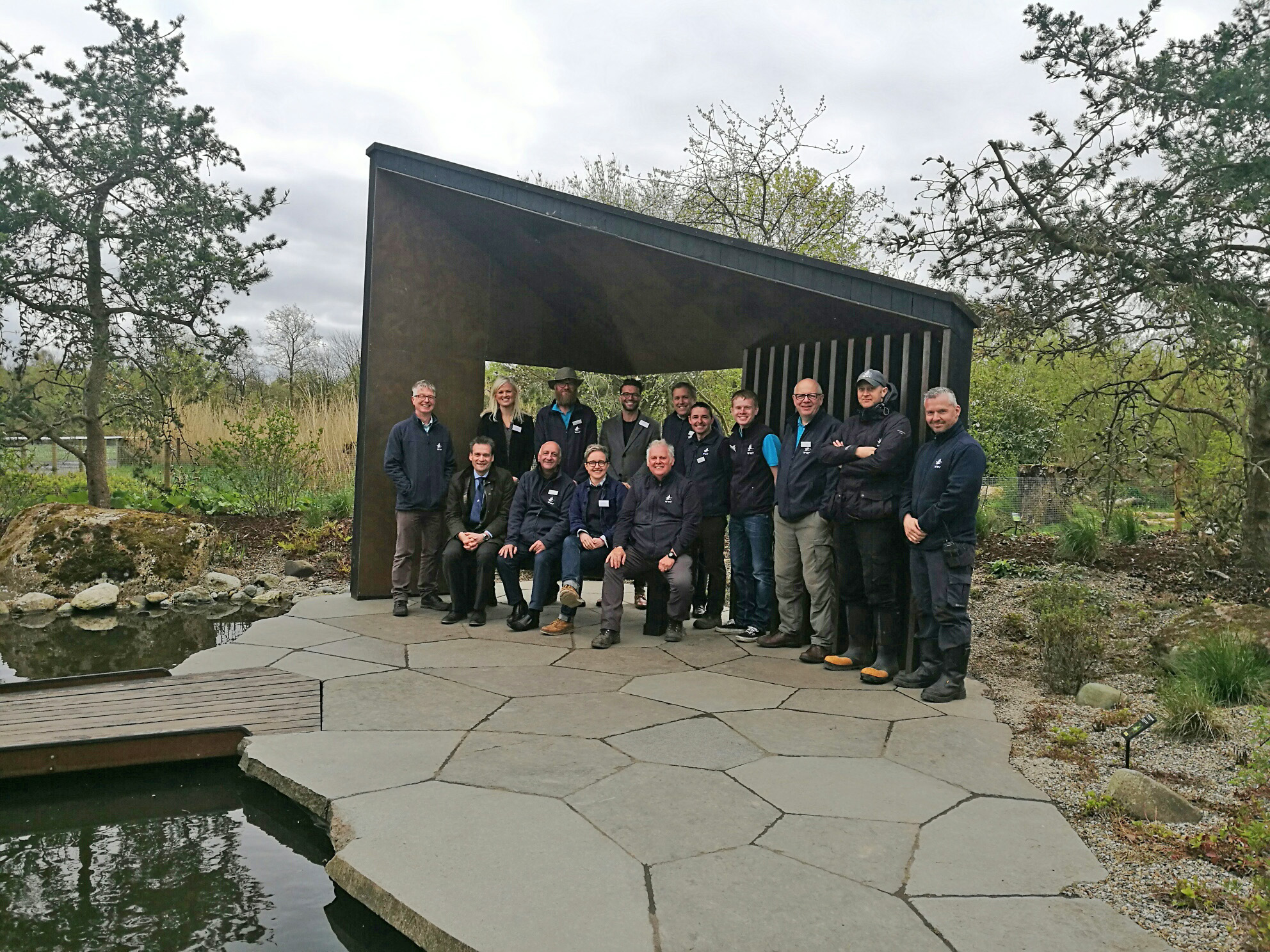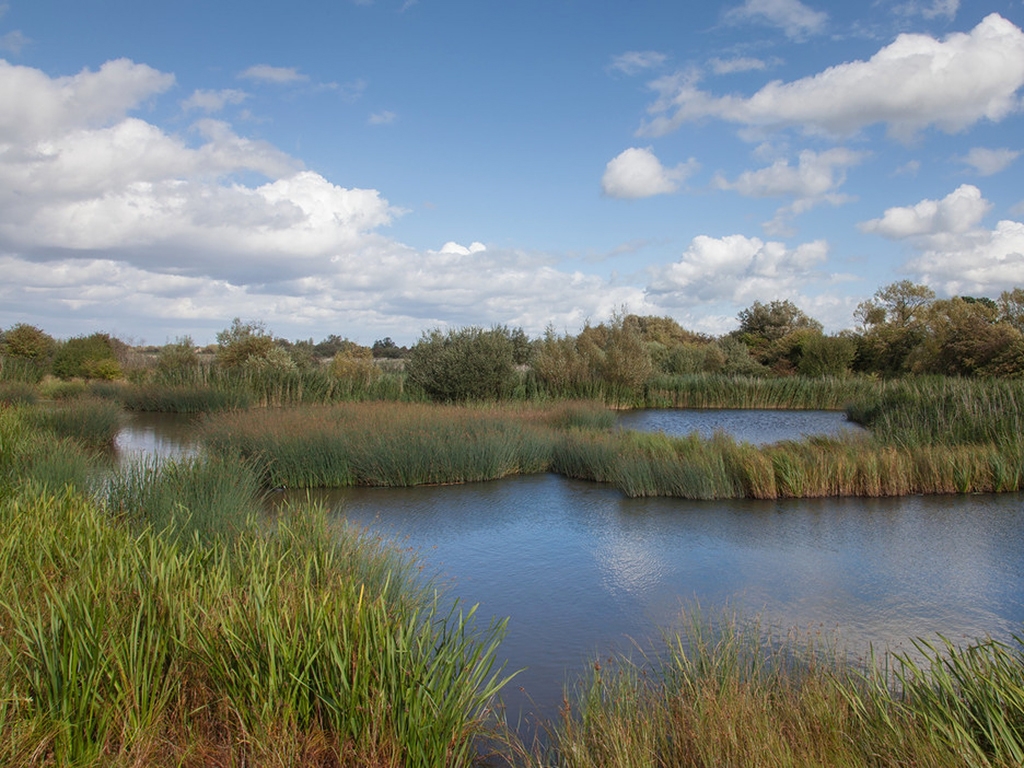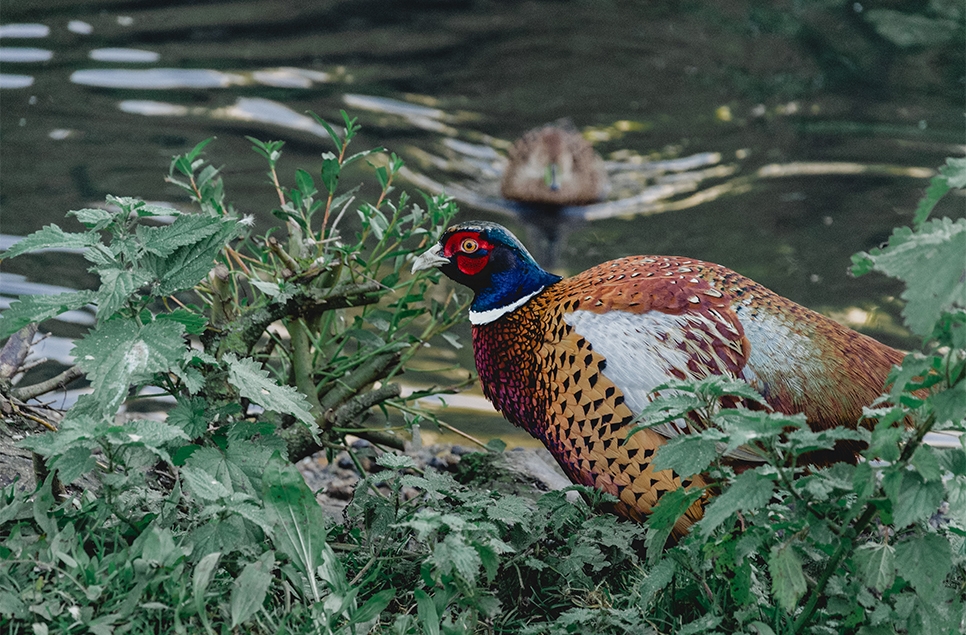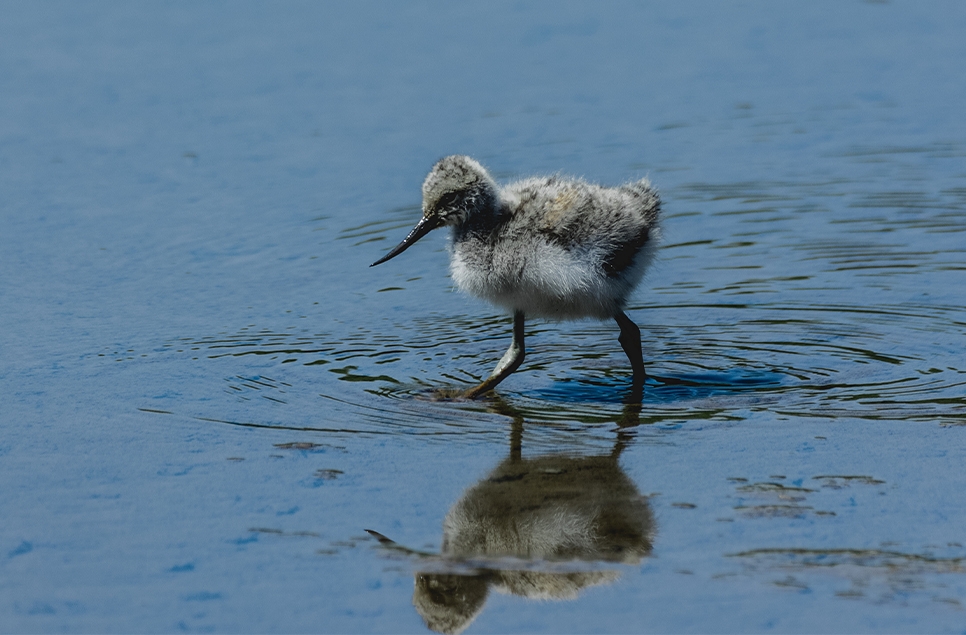New garden brings splash of Canadian colour
The Royal Bank of Canada Garden from the 2017 RHS Chelsea Flower Show has been officially opened to visitors at WWT Martin Mere Wetland Centre. The garden, designed by Charlotte Harris, was awarded a Gold medal at the show last May.
Martin Mere Wetland Centre Manager, Nick Brooks, said:
We’ve relocated the garden within Martin Mere’s new Wooded Wetlands area. Wooded Wetlands showcases species and habitats found in the boreal forests and wetlands.
We’re thrilled to be giving visitors a taste of the great Canadian wilderness right here in Lancashire. It really is an awe inspiring garden and is going to be very popular with our visitors. We are very grateful to Royal Bank of Canada for continuing their longstanding support of WWT’s wetland conservation.
WWT was the first UK beneficiary of a RBC Blue Water Grant eight years ago so it is appropriate that the Royal Bank of Canada Garden has been relocated to the WWT Martin Mere Wetland Centre.
Designer Charlotte Harris said:
I’m thrilled that this garden has found a permanent home at Martin Mere Wetland Centre. It feels like the perfect location - a wonderful educational space about the global importance of forests and wetlands, that specifically explores the Boreal zone.
I explored the Boreal landscape of northern Ontario by canoe in 2016, and tried to bring a sense of that vast and beautiful wilderness by making a garden of mature pines and glacial boulders at RHS Chelsea last year. I have included a copper lined, burnt larch wood canopy to be reminiscent of wooden shelters created by hunters and travellers exploring those lakes and rivers.
The Chelsea garden fits so perfectly into the setting at Martin Mere, and I hope visitors to will enjoy the garden for many years to come.

The garden is home to a variety of plant species that will provide a sensory experience through coloured flowers, scent and touch. One of the most unusual species to see is the Jack Pine trees. Very uncommon in this country, Jack Pines can survive in freezing cold temperatures but need the searing heat of forest fires to open their cones and regenerate. Visitors will be able to see these and more throughout spring and summer.
The world’s largest land-based biome and one of the planet’s largest sources of unfrozen fresh water, the boreal is a huge area of forested natural habitat. It stretches across the far northern latitudes, from Siberia to Scandinavia and right across Canada, where a third of the entire biome is found. As well as providing a diverse habitat for thousands of species of flora and fauna, the boreal also plays an important global role in the reduction of carbon dioxide.


